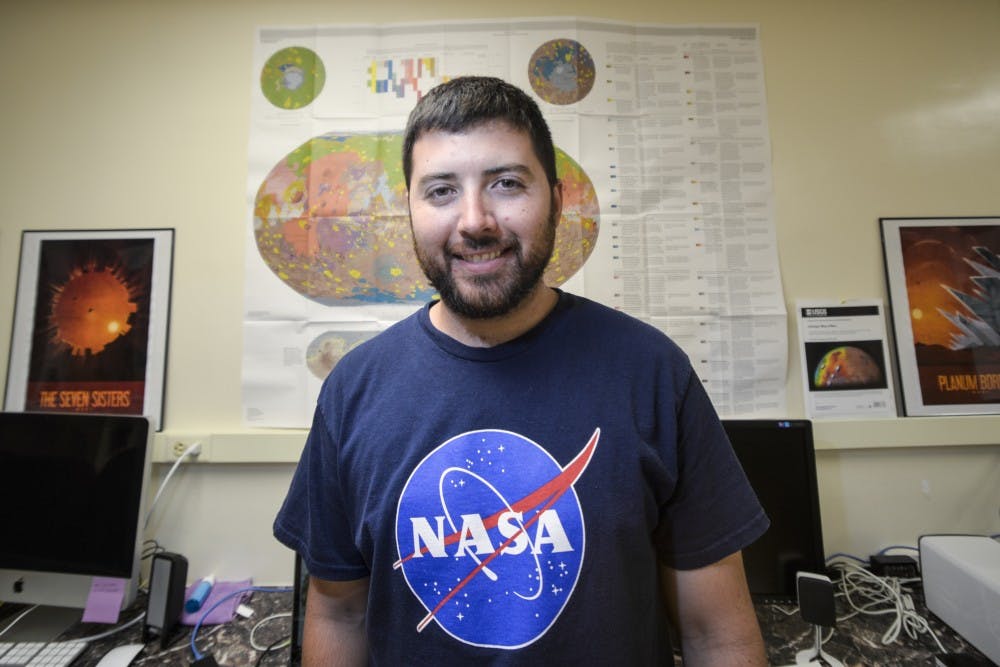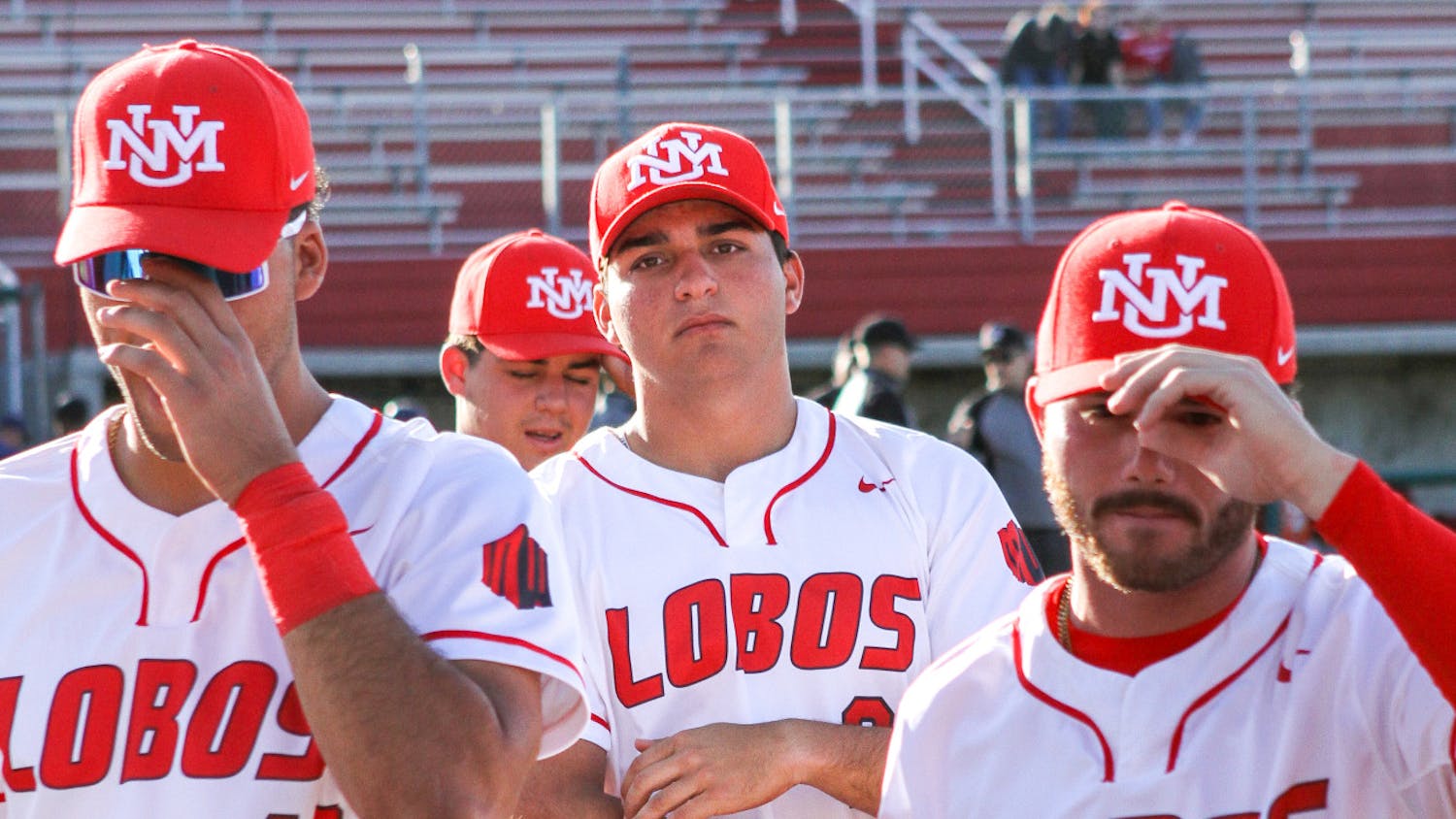From Mars to the moon and back, UNM student Zachary Gallegos has dreams of taking off.
Gallegos is one of 100 candidates for Mars One, a nonprofit that intends to establish a human colony on Mars by 2026.
Gallegos has always dreamed of space exploration. He became a geologist to reach that goal via an unorthodox path.
"You can be a pilot, but there’s a lot of pilots out there. You can be an engineer but there are lots of engineers. There are lots of doctors who are probably applying," he said. "The thing that you really need is a geologist to study the rocks where ever you go to. Whether it’s the moon, Mars, asteroids - you need someone who can understand them.”
Gallegos’ ambitions reach beyond Mars, however.
“Even if I do go to Mars One, I would like to hitch a ride with NASA first and go to the moon, try that out," he said.
According to Gallegos, the European Space Agency recently said they were going to build a base on the moon.
In preparation for life on Mars, Gallegos has been experimenting with growing his own food.
“This is what I’m going to have to do some day if I want to go to Mars. I have to be able to grow these plants and sustain myself,” he said.
He grows a wide range of produce from strawberries to green chile.
"The jalapeños that I grew were crazy. It’s the hottest thing I’ve ever eaten. Me and three of my friends ate a piece each and were all in a lot of pain afterwards, so it was a success," he said.
The next round of eliminations, which will take the pool of candidates from 100 to 40, begins in 2017. Candidates have already sorted themselves into teams of ten, says Gallegos. Mars One required that teams be diverse in makeup. “These people are from all over the world. It’s just a hodgepodge of different ways of life” says Gallegos.
Get content from The Daily Lobo delivered to your inbox
Some of the candidates have arranged an informal meetup in September, so they can get to know each other. Gallegos hopes this will make it easier to work together as a team at the official gathering next year. Mars One has already sent out study material on the engineering requirements for the mission and the system habitats for candidates to memorize. Although he’s studying hard for Mars One, Gallegos is still focused on his academic studies.
As a master’s candidate in the Earth and Planetary Sciences program, Gallegos works with the Mars rover. He looks for targets to shoot with a laser attached to the rover. Gallegos believes working on the rover helps prepare him for the teamwork needed for the next phase in Mars One.
“The rover operations is going to give me a background in operations for planetary missions. Just this rover has hundreds of people working on it, engineers, scientists, mission’s operations people,” says Gallegos.
He also researches future Mars landing sites. In October he presented two possible human landing sites at a NASA workshop. Water is a key resource for any human landing site, as it can be used for a range of things from hydration to fuel making. Gallegos prefers glaciers as a water source, because the alternative, water-rich hydrated minerals, requires baking minerals to get the water. With a glacier one simply has to drill a hole and use the water.
His two sites - Mesopotamia and Protonilus Mensae - both feature glaciers.
Protonilus Mensae is better suited for engineering while Mesopotamia is adequate for scientific exploration, Gallegos said. One debate at the NASA workshop was which feature is more important for setting up a colony.
Protonilus Mensae is in Mars’ Northern hemisphere so it has a summer that is longer and warmer. This means the site is better for solar insulation and energy. It’s also lower elevation, which helps for slowing down during a landing. It’s difficult to land on mars because it’s hard to slow down in such a thin atmosphere.
“If we’re at one bar of atmosphere, Mars is at .006 bars” says Gallegos.
However, Gallegos prefers Mesopotamia, a site located between two ancient river valleys, for its large glaciers. Thanks to the success of his presentation, Gallegos was allotted satellite time around Mars to take pictures of his two landing sites, along with gathering spectral data. He expects to present updates within the next year at another NASA meeting on potential landing sites.
“In Western civilization we think of Mesopotamia as the cradle of human civilization and it could be the cradle of Martian civilization also,” Gallegos said.






